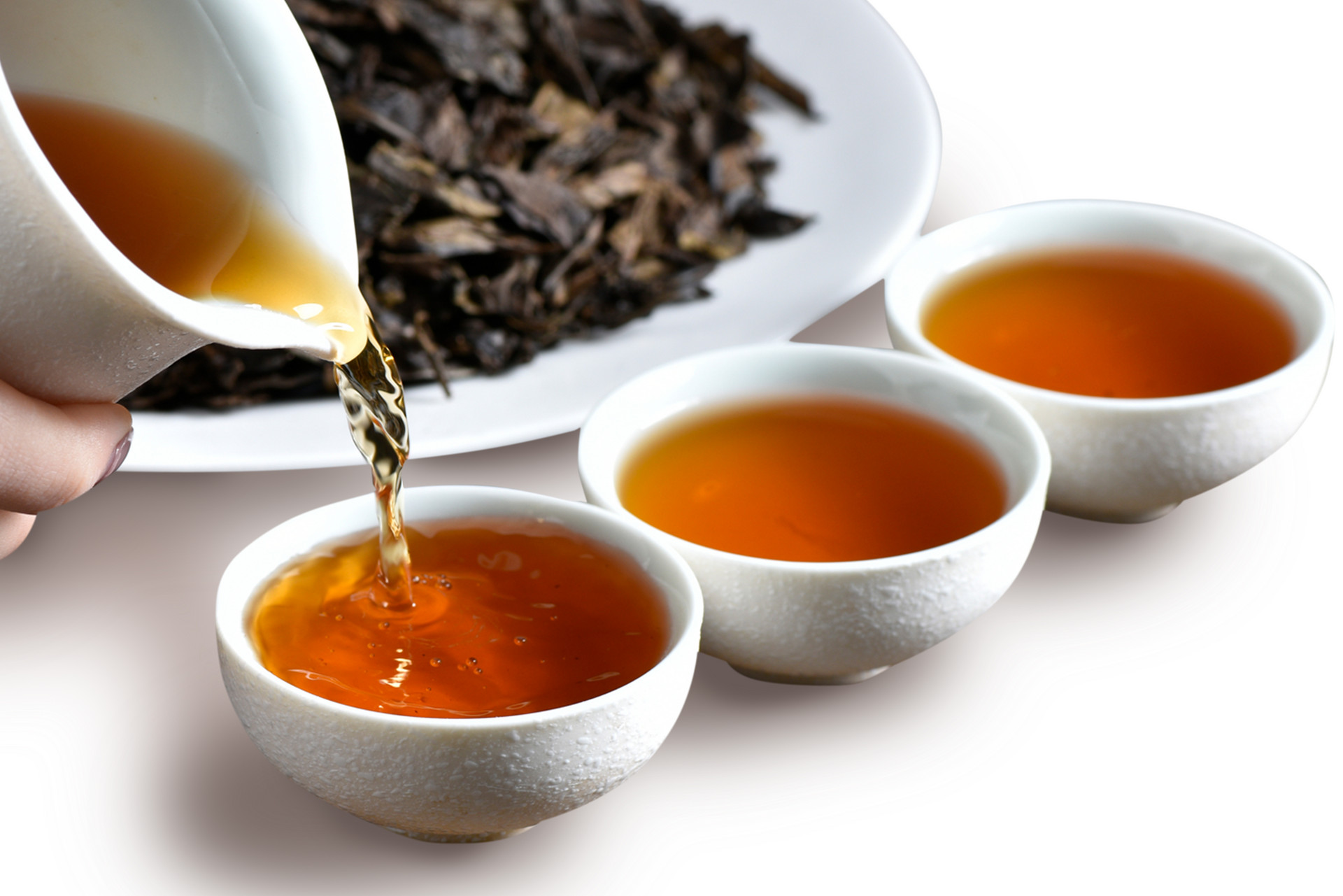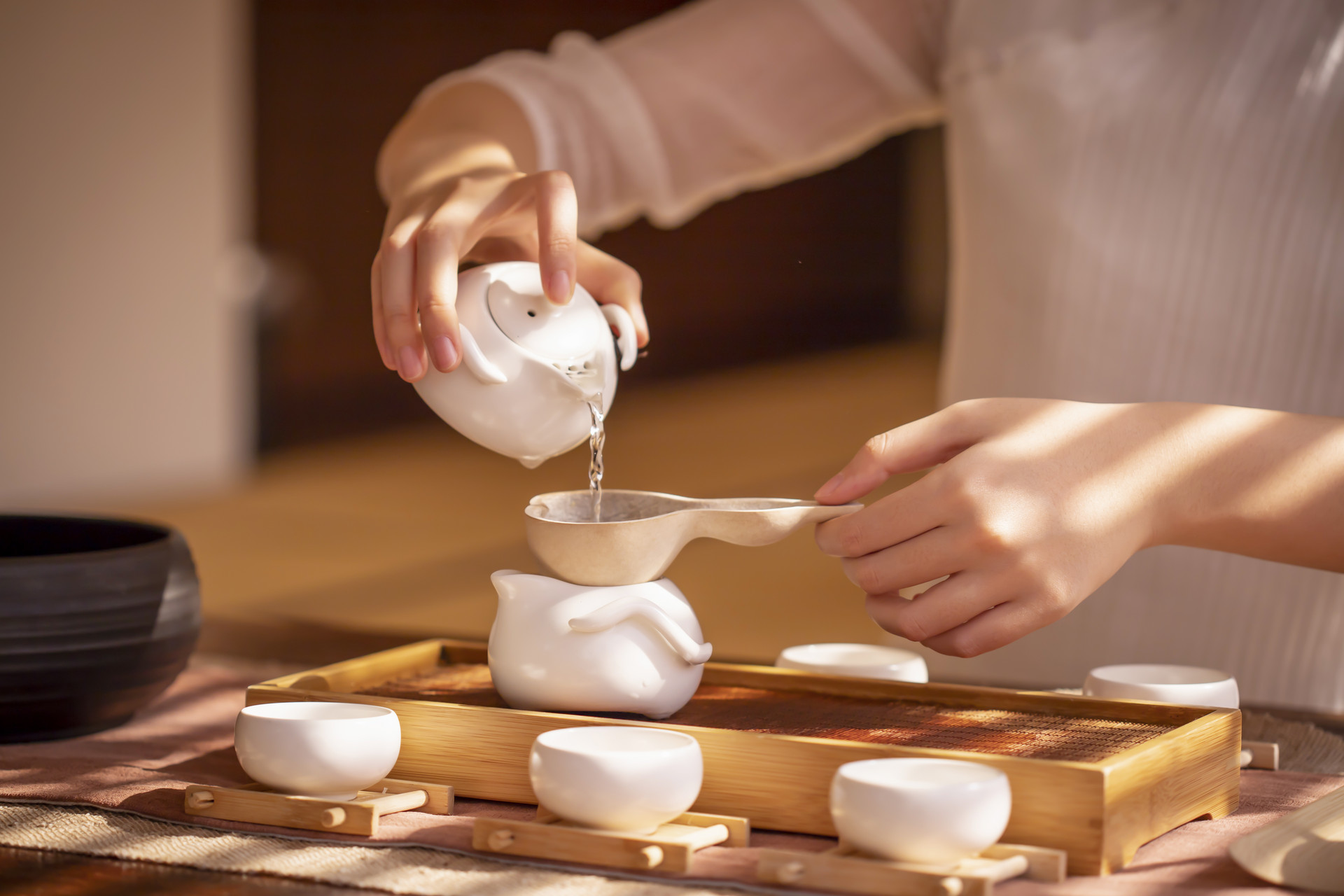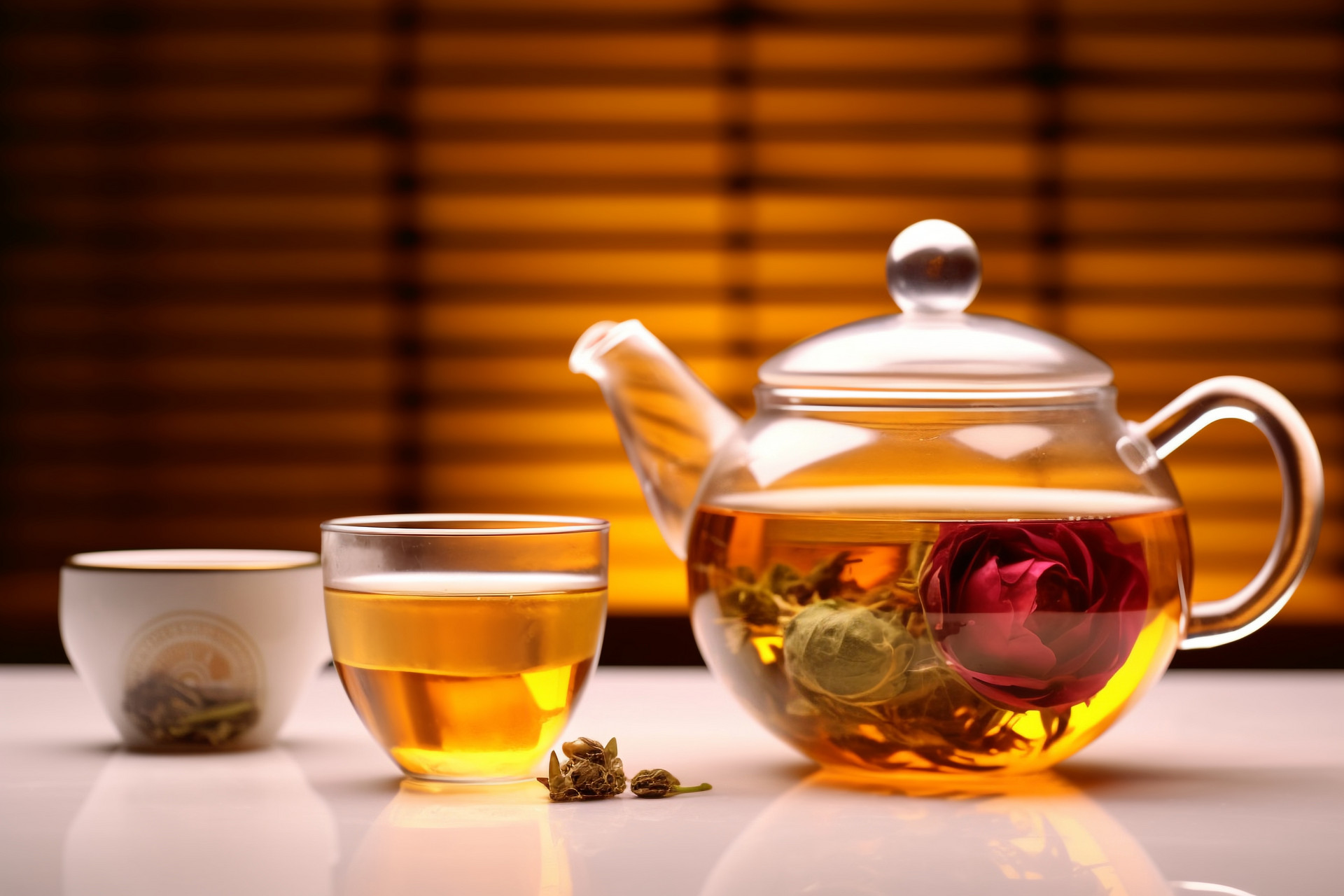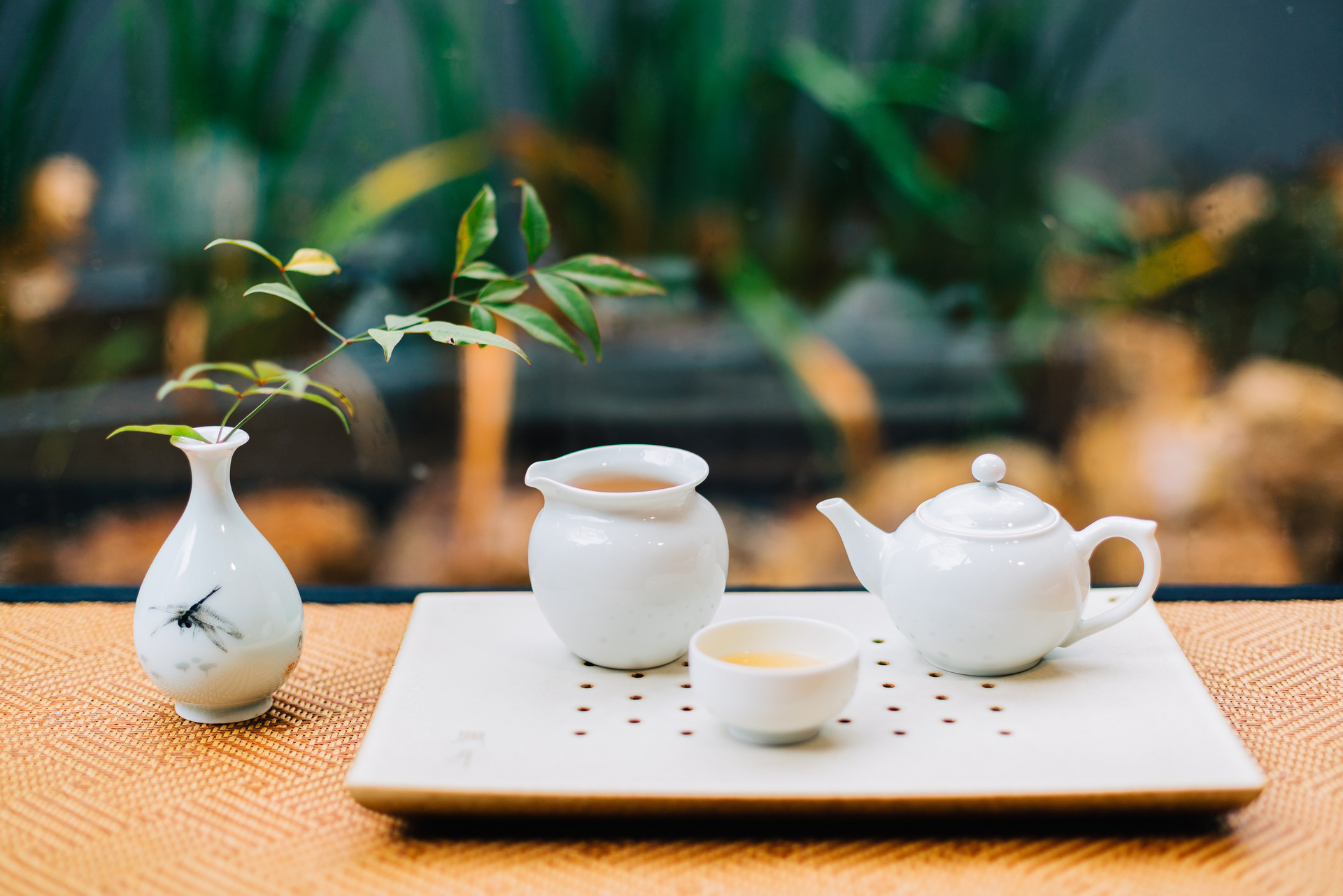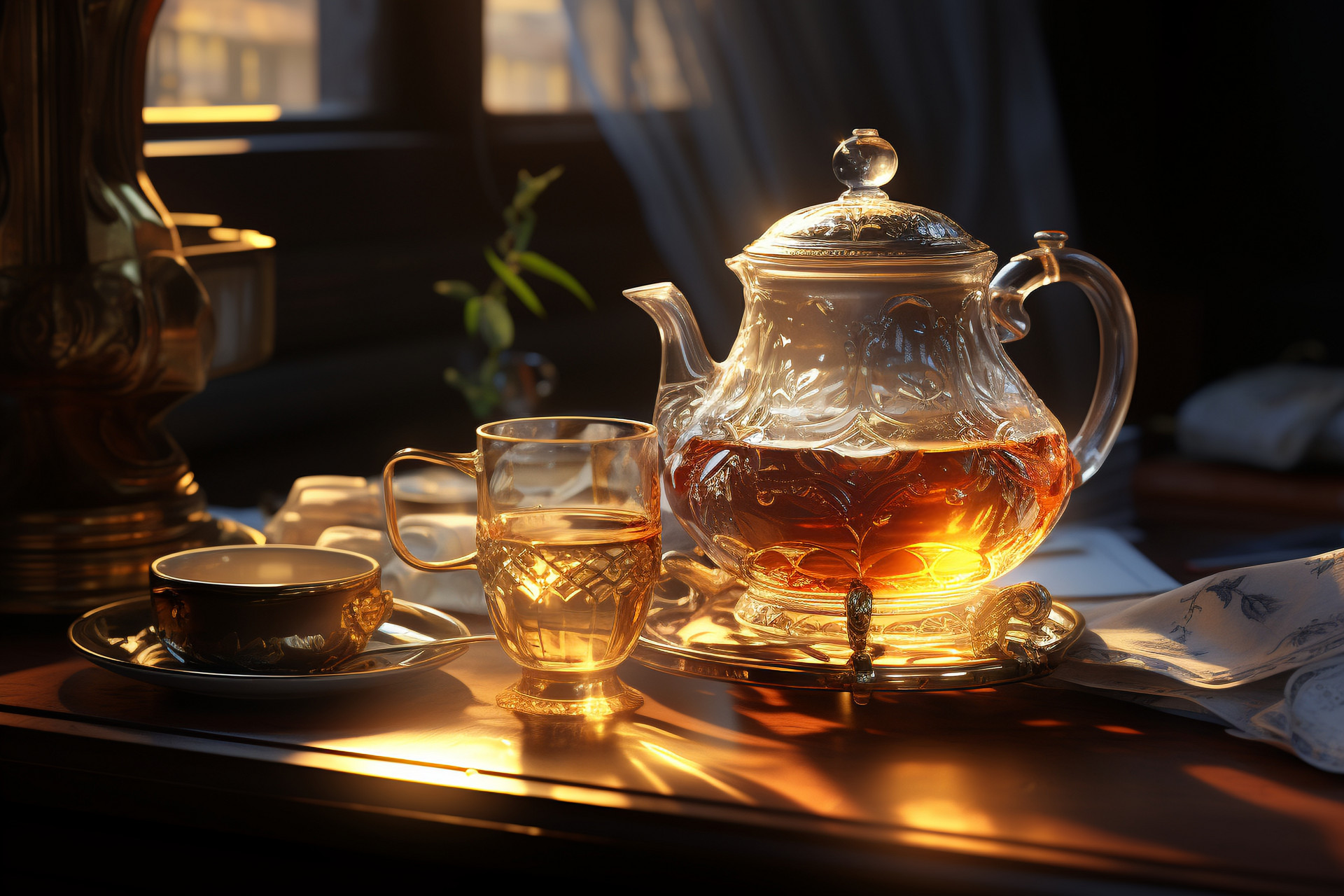What are the benefits of drinking black tea? Drinking black tea during the alternating seasons of autumn and winter is beneficial for the body. However, with so many types of black tea, what are their respective effects? Let's now take a closer look at the benefits and brewing methods of black tea.
Benefits of Drinking Black Tea
Stomach Nourishment
The catechins found in tea have astringent properties and have a certain stimulating effect on the stomach. This stimulation is stronger on an empty stomach, so sometimes drinking tea on an empty stomach can cause discomfort. However, black tea is fermented and roasted, which reduces the catechin content through enzymatic oxidation, resulting in less stimulation to the stomach. Black tea not only does not harm the stomach, but it can also nourish it. The oxidized products of catechins in black tea can promote digestion in the body. Drinking black tea with sugar and milk regularly can have anti-inflammatory effects, protect the gastric mucosa, and have a certain effect in treating ulcers. However, black tea should not be cooled before drinking as it may affect the stomach-nourishing and warming effects, and the nutrients may be depleted if left for too long.
Prevention of Colds
As the weather gets colder, the body's resistance decreases, making it easier to catch a cold. However, black tea can prevent colds. Black tea has strong antibacterial properties and rinsing with black tea can filter out viruses, preventing colds, tooth decay, and food poisoning, as well as lowering blood sugar levels and high blood pressure. Black tea is mild and warm, rich in protein and sugar, which can enhance the body's resistance. Regularly rinsing with black tea or drinking it directly can also help prevent the flu. Due to the full fermentation of black tea, it has a weaker stimulation, making it particularly suitable for people with weak intestines, stomach, and overall physical condition.
Warmth and Resistance to Cold
During the autumn and winter seasons, the body's physiological functions decrease, and the yang energy weakens, resulting in a higher demand for energy and nutrients. Drinking a warm cup of black tea in the autumn can not only warm the body but also prevent diseases. Black tea is warm and nourishes the body's yang energy. Its red color gives a warm feeling.
Now, what are the types and brewing methods of black tea?
Types of Black Tea
Keemun Black Tea
Keemun black tea was the origin of black tea in China. It was first developed in the 16th century in the Wuyi Mountains. The first batch of black tea exported to Europe by Dutch merchants in 1610 was Keemun black tea produced in Xingcun, Chongan County, Fujian Province (now known as "Zhengshan Xiaozhong"). In the mid-18th century, it evolved from Keemun black tea to Gongfu black tea. Since the 1880s, black tea, especially Gongfu black tea, from China has dominated the international market. Keemun black tea is a specialty of Fujian Province and is divided into Zhengshan Xiaozhong and Waishan Xiaozhong. Zhengshan Xiaozhong is produced in Xingcun Township, Chongan County. It is also known as "Tongmuguan Xiaozhong" or "Xingcun Xiaozhong". The Keemun black tea produced in Zhenghe, Danyang, Gutian, Shaxian, and Jiangxi's Qianshan, which imitates the quality of Zhengshan Xiaozhong, is collectively called "Waishan Xiaozhong" or "Artificial Xiaozhong". Among the Keemun black teas, Zhengshan Xiaozhong has remained popular for centuries mainly because it is produced in the Wuyi Mountains in the northern part of the Wuyi Mountain Range. It has an altitude of 1000-1500 meters, with mild winters and cool summers, an average annual temperature of 18°C, an annual rainfall of around 2000 millimeters, and constant clouds and mist between spring and summer. The tea gardens have fertile soil, and the tea trees grow luxuriantly with thick leaves. The tender leaves are of good quality, and the finished tea has exceptional quality.
Congou Black Tea
Congou black tea is a unique black tea variety in China and a traditional export product. Currently, 19 provinces in China produce tea (including trial planting areas in Xinjiang and Tibet), and 12 provinces have produced Congou black tea. Congou black tea has various names based on the region, including Dianhong Congou, Qimen Congou, Fuliang Congou, Ninghong Congou, Xiangjiang Congou, Min Congou (including Danyang Congou, Bailin Congou, Zhenghe Congou), Yue Congou, Taiwan Congou, Jiangsu Congou, and Guangdong Congou, etc. It is further divided into large-leaf Congou and small-leaf Congou. Large-leaf Congou is made from fresh leaves of arbor or semi-arbor tea trees, while small-leaf Congou is made from fresh leaves of shrub-type small-leaf tea trees.
How to Brew Black Tea
The recommended water temperature for brewing black tea is usually around 80°C. It is said that for high-quality and tender famous teas, the water temperature should be around 95°C when the tea leaves are unfurling and around 80°C to 85°C when brewed. Only in this way can the brewed tea have a clear and unclouded color, a fragrant and not dull aroma, a fresh and refreshing taste, and bright tea leaves, making it enjoyable to drink and visually appealing. However, this also depends on the quality of the black tea leaves. If the tea leaves are of good quality, a higher water temperature will not affect the taste and the number of times the tea can be brewed. For example, high-quality Keemun black tea is not affected in terms of color and brewing times even when using boiling water at 100°C.
Although the brewing time for different types of tea leaves varies greatly and is related to the type of tea leaves, brewing water temperature, amount of tea leaves used, and personal tea-drinking habits, tea masters emphasize a quick brewing process. After pouring the tea water, it is quickly poured out, and the steeping time is usually only a few seconds.
As the seasons transition from autumn to winter, why not enjoy some black tea?


